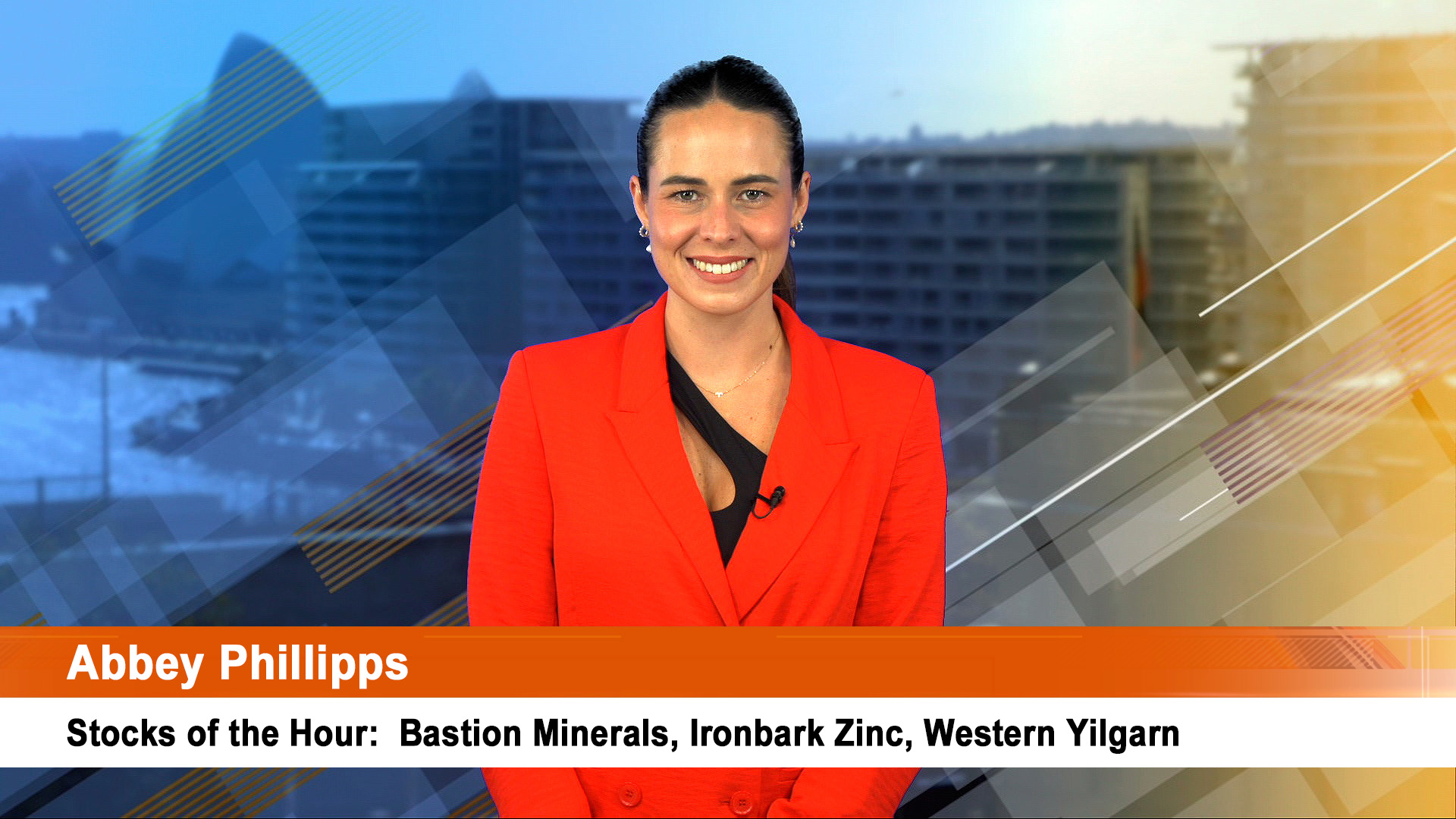The National Australia Bank believes the outlook for inflation and interest rates in 2008 is worsening and it would not surprise if the Reserve Bank sought some "reassurance" in the face of the economy's increased growth momentum and continuing low rates of unemployment.
By "reassurance" the Nab is suggesting the bank may move for a pre-emptive move on rates, and the bank also puts that risk at a 40 per cent chance at the moment.
The Nab, in a commentary released with its National Business Survey for May yesterday,pointed out that the RBA "will be extremely sensitive to any signs of increased wage or price pressures".
"In the near term we do not see this as likely and indeed the core inflation reading for June looks to be heading lower.
"So the Nab doesn't see any immediate move by the RBA: but that's also why the speech tomorrow by the Governor, Glenn Stevens, will be an important update on the bank's outlook.
The Nab also warned that world bond yields look like continuing to firm, with US 10 year rates remaining around their current 5 per cent level for much of the coming year.
The Nab points out that this means the start to the unwinding of the low yield/easy money/high liquidity situation we have seen for the past three years or so. But in Australia the Nab says the real focus for monetary policy will be next year.
"However there is no doubt that the outlook for 2008 has deteriorated and like us the RBA will be increasing its 2008 inflation projection. "If it gets up to 3 per cent the inflation targeting criteria suggests that would push the RBA over the line, "The Bank's chief economist, Alan Oster said in the commentary.
"While our forecasts do not get to this stage there is little room for error. And in that environment anything that adds to the growth momentum – such as further fiscal expansion – would not be helpful.
"Equally any sign that wage pressures are building or asset / credit growth is accelerating would probably see the RBA taking action. "To us the timing of any move will be data dependent, not election timing related.
"Finally it is also worth noting that while the global outlook remains robust the main downside risk – the slowdown in the US – has not gone away.
"Indeed while recent manufacturing and employment data has given heart that the second quarter GDP outcomes will not be as bad as the near recession type outcomes reported in the first quarter, we still see weaker consumer spending ahead in the second half of 2007 as the wealth effects of weaker house prices comes through.
"Also, as recently warned by the Fed, the US housing shake out (and associated tighter credit settings) looks like it will now last longer than previously hoped. "The net outcome of these factors has seen us reduce, not increase, our 2007 and 2008 US growth forecasts.
"If nothing else this, together with good near term inflation outcomes buys the RBA time to sit and watch. In a similar vane, nor is the current global outlook devoid of potential exogenous shocks – witness the state of the Chinese equity market and anti-Chinese protectionist trade bills in the US Congress.
"We have also significantly revised up our global bond yield forecasts recently. "In part this higher bond yield forecast reflects a higher profile for central bank policy rates – more ECB hikes and delayed Fed easing.
But this is only part of the story."For instance, it has been noticeable that over the past month that long bond yields have risen by more than shorter yields. It has also been noticeable that bond yields have been rising despite some moderation in the markets expectation for inflation.
"And finally, it has been noticeable that it has been rising global yields that initially dragged US and Australian yields higher. Tying this together, what we are very clearly seeing is a rise in "global real long bond yields".
"There are several inter-twined factors behind the rise in real yields. "One is that investors and companies have revising up their expectations for long term real global growth prospects, which is putting upward pressure on the cost of capital and in turn real long bond yields.
"Also, robust stock markets across the globe have been driving an asset allocation away from bonds to equities.
"All up, we are starting to see an unwinding of what former Fed Chairman Greenspan described as the low bond yield "conundrum". "If so, we cannot say with precision where bond yields will settle. In our forecast, we expect the US 10 year yield to average near 5% in the year ahead.
"The balance of risk to this forecast is probably skewed to the upside. A softer US economy poses downside risks to the forecast. "But the greater risk is that real yields keep rising while global growth remains robust and stock markets buoyant."
…………………….
So it is against that outlook that the Nab's May Business survey should be judged.
It showed that business conditions rose one point to a robust 17, three points higher than a year ago, while business confidence also was up two points to 15.
That confidence level is the highest in four years.
The bank said trading conditions fell one point to 23, profitability was unchanged at 17 and employment was up one point to 10.
"With little change in the aggregate business conditions series in the month – or indeed in the components of the index trading, profits and employment – the key message from the May survey results is that business continues to report robust levels of business activity and growing confidence," the Nab said.
"Indeed, the survey confirms that the acceleration in the momentum of growth, in late 20













